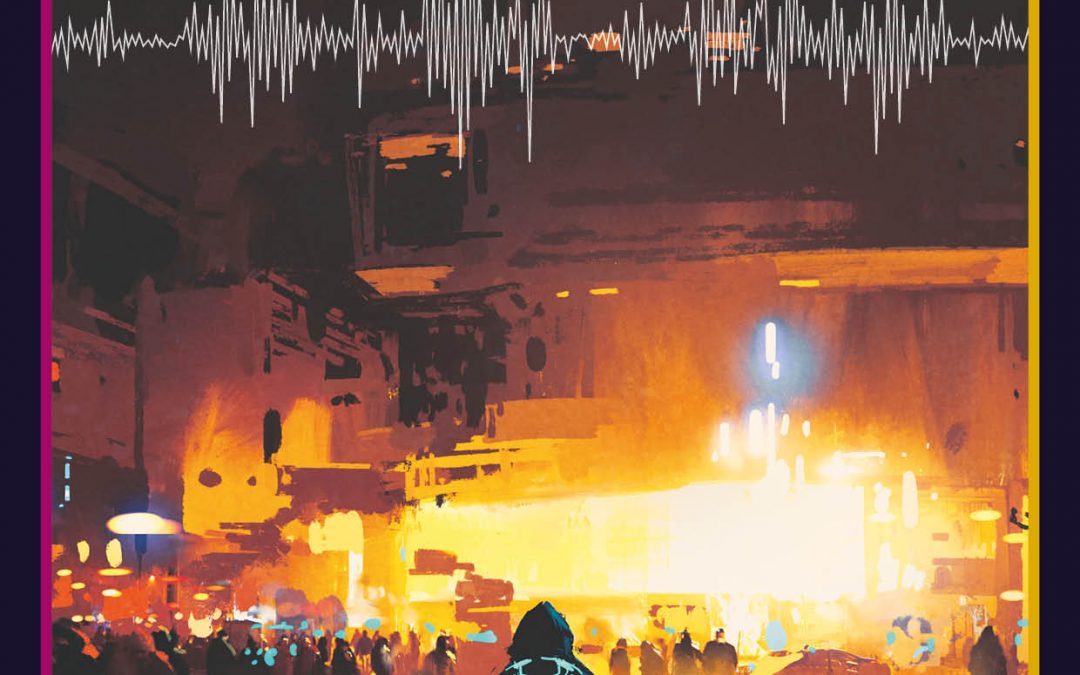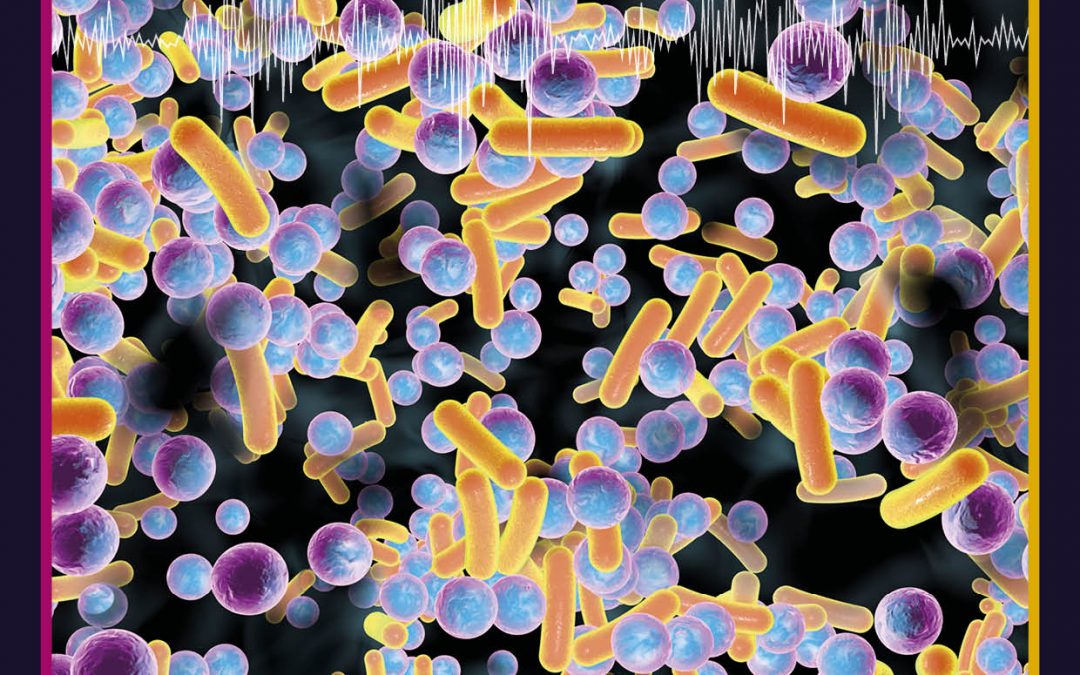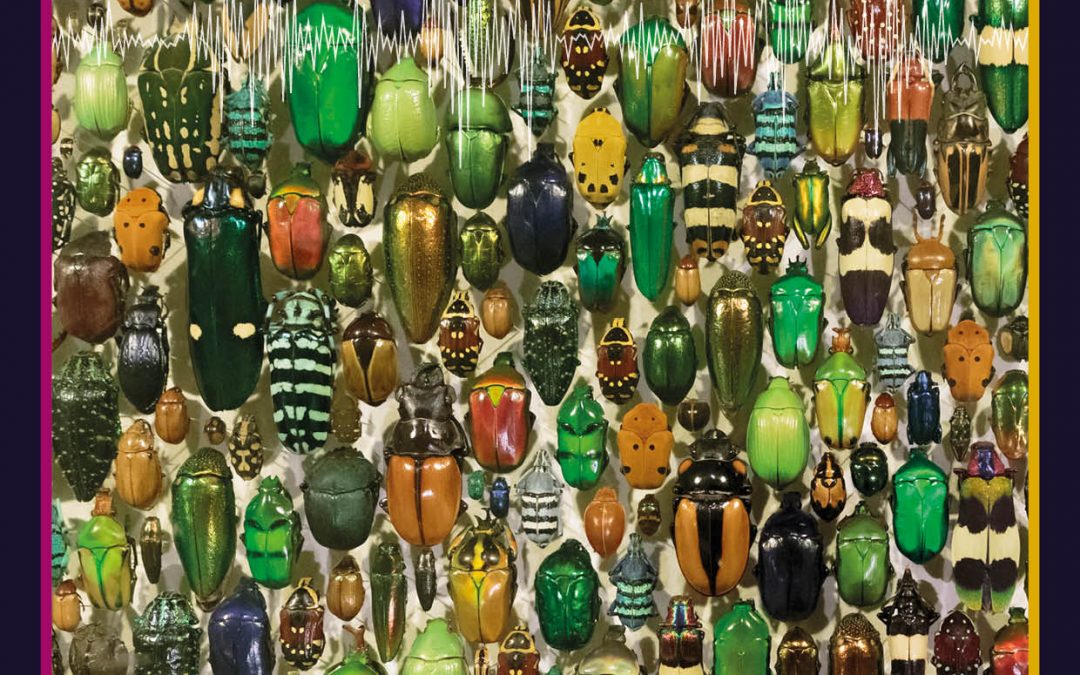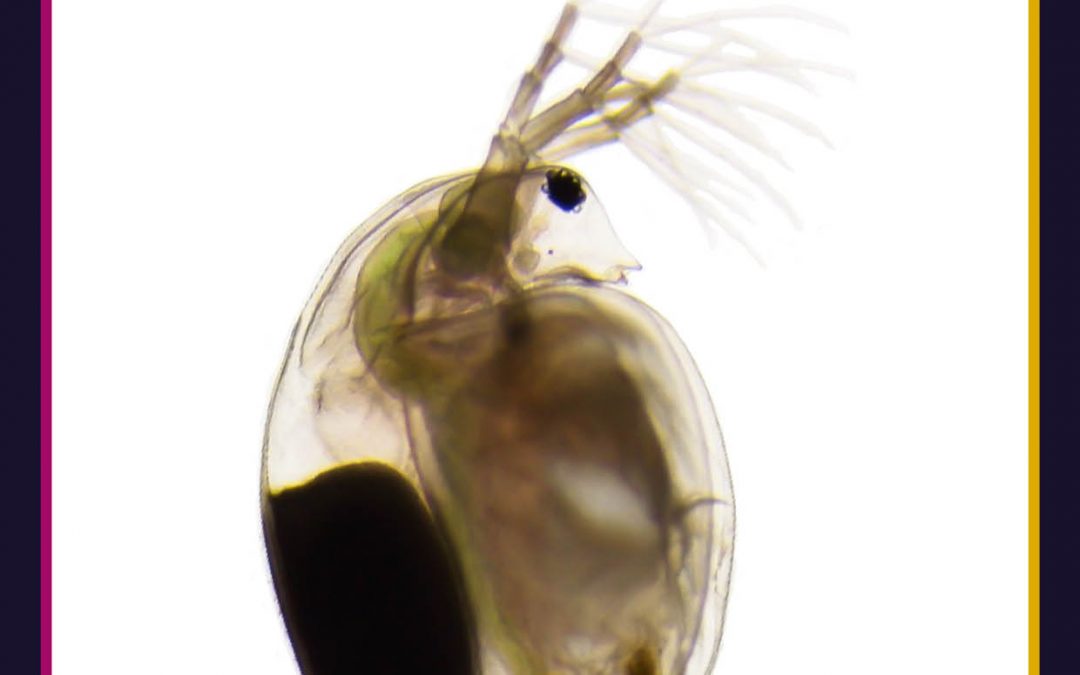
by admin | Feb 9, 2022 | arts and humanities, social and behavioural sciences, trending
Music has the power to influence how we interpret the world around us. Dr. Alessandro Ansani from the Department of Psychology at Sapienza University of Rome believes this interpretation is multidimensional and involves several interconnected cognitive factors and mechanisms. He has recently demonstrated the significant impact that background music can have on our interpretation of a simple movie scene, by manipulating the soundtrack.

by admin | Feb 9, 2022 | arts and humanities, trending
Cyberpunk brings to mind neon lights, artificial intelligence and mega corporations. It is a subgenre of science fiction set in a dystopian, futuristic, and oppressive setting, with advanced technology often featured alongside societal decay. Professor Elana Gomel [ee-lah-nah go-mell] in the Department of English and American Studies at Tel-Aviv University in Israel specialises in narrative theory with a particular focus on the intersection between literature and science. In her recent work focusing on the cyberpunk genre, Professor Elana Gomel argues that cyberpunk is not a dystopian modality of representation; rather, it is better classified as ‘post-utopian’.

by admin | Feb 9, 2022 | biology, earth and environment, trending
To study the climate of the ancient past, researchers look for its fingerprints in deep marine and lake sediments. Within these geological records are large and active microbial communities that may hold other clues about past environmental conditions and transitions. Tor Einar Møller [Tore Ee-naar Moe-lerr], a doctoral candidate at the University of Bergen, Norway, examined the link between contemporary microbe composition and the ancient climate. In a recent paper, he demonstrates that current microbe communities found within sediment cores capture elements of past environments.

by admin | Feb 8, 2022 | social and behavioural sciences, trending
Young people with autism spectrum disorder (ASD) often display unusual patterns of speech. Dr Heike Lehnert-LeHouillier and her colleagues from New Mexico State University in the USA, have undertaken one of the first studies to assess linguistic alignment, also known as entrainment, in the conversations of children and adolescents diagnosed with ASD. Their research concluded that when compared with a control group who were matched in terms of age, gender and non-verbal IQ, young people with ASD do show different entrainment levels across their conversations.

by admin | Feb 2, 2022 | biology, earth and environment, trending
Identifying species with accuracy is important for numerous reasons; for instance, accurately knowing which organisms are present in an ecosystem is essential for informing conservation strategies to protect it. Therefore, if there is any question about an organism’s identity, it is important to document that uncertainty. However, levels of uncertainty are unknown for many research groups that carry out biological monitoring. James Stribling and Erik Leppo from Tetra Tech, Inc.’s Center for Ecological Sciences introduce a process for deriving uncertainty values, by studying the rates at which freshwater organisms in the US tend to be misidentified.

by admin | Jan 19, 2022 | biology, engineering and tech, trending
Water-treatment processes are essential for water reuse in municipal, agricultural and industrial applications. Wastewater treatment ensures our safety and prevents sickness and death from parasites and contaminants every year. However, certain chemical contaminants, such as pharmaceuticals and pesticides, are difficult to remove from water, and can accumulate in the food web, eventually entering our food supply and potentially causing adverse health outcomes. Dr Luisa Orsini [Loo-ee-sah Oar-see-nee] and her colleagues at Daphne Water Solutions Ltd have developed a cutting-edge water-bioremediation technology, which is based on the use of small aquatic invertebrates called water fleas. By removing harmful contaminants from water, the sustainable and eco-friendly technology enables water reuse, while protecting human health and the environment.






